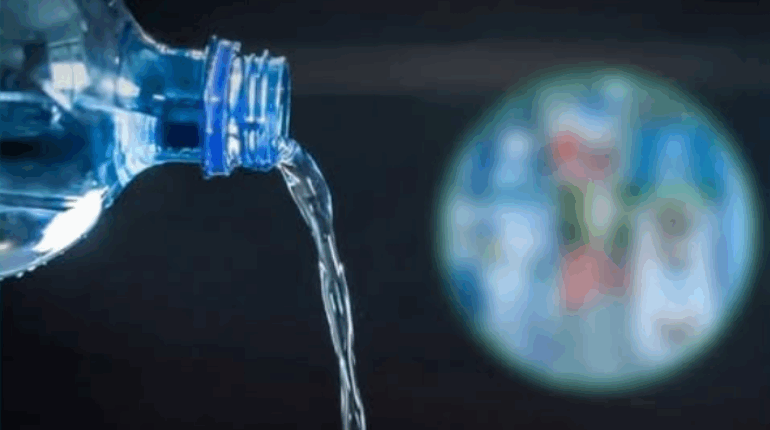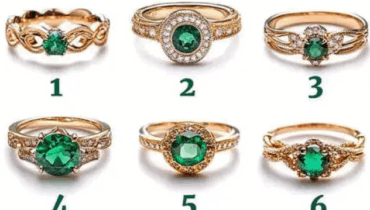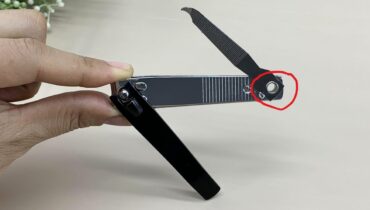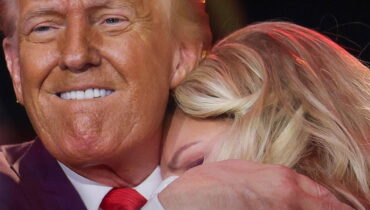📌 Think Bottled Water Is Safer? The Shocking Truth About What You’re Really Drinking

Posted 17 September 2025 by: Admin
When you reach for a bottle of water, you’re probably assuming you’re making a healthier, safer choice. After all, it’s packaged to look pure, clean, and premium. But here’s the surprising truth: about 64% of bottled water sold in the U.S. comes straight from municipal water supplies—in other words, tap water.
Even more concerning? Some of these companies barely treat the water before bottling it, and some brands have even exceeded allowable contamination limits. That raises a big question: are we really getting what we’re paying for?
The Brands Under Scrutiny
Not all bottled waters are created equal—and some have made headlines for the wrong reasons.
❌ Walmart’s Sam’s Choice
This brand has faced backlash for exceeding California’s bottled water safety standards. That’s especially troubling considering it’s marketed as a premium product.
❌ Giant Food’s Acadia
Acadia has encountered similar issues, with contamination concerns that call into question the safety of what’s supposed to be “clean” water.
These cases highlight a worrying lack of transparency in parts of the bottled water industry—and reveal health risks that are often hidden behind a shiny label.
Brands That Are Doing It Right
Fortunately, not all companies are cutting corners. A few stand out for their openness and commitment to quality:
✅ Gerber Pure Purified Water
✅ Nestlé Pure Life Purified Water
✅ Penta Ultra-Purified Water
These brands have earned praise for being upfront about where their water comes from, how it’s purified, and how safe it is. In an industry full of question marks, transparency builds trust—and these companies are leading the way.
Bottled vs. Tap Water: Which Is Actually Safer?
At first glance, bottled water seems like the smarter, more reliable option. But here’s the twist: tap water in the U.S. is often safer and more tightly regulated than bottled water.
🔍 Why?
- The Environmental Protection Agency (EPA) monitors and enforces strict regulations for public tap water systems.
- Tap water is tested regularly and must meet rigorous safety standards.
- Bottled water, on the other hand, is regulated by the FDA, which has less stringent requirements.
Studies have found that some bottled waters contain harmful contaminants like arsenic, microplastics, and chemical byproducts. So while the packaging might say “pure,” the contents don’t always live up to the claim.
The Bottom Line
If you’re drinking bottled water because you think it’s cleaner or healthier, it might be time to think again. Many bottled water brands are just tap water in disguise—sometimes with added pollutants and a much higher price tag.
Before buying bottled, do your research. Look for brands that are transparent about their sources and purification methods. And don’t overlook your local tap—it might be the safer, smarter choice after all.That bottle of water you’re sipping may not be as pristine as you think. Behind the polished labels and premium price tags, much of the bottled water on the market is simply tap water—sometimes less regulated and potentially less safe. Here’s why “bottled” doesn’t always mean “better.”
When you grab a bottled water, you’re probably assuming it’s purer and safer. But nearly 64% of bottled water sold in the U.S. comes directly from municipal supplies—that’s right, regular tap water. Even worse, some companies barely treat it, and a few brands have exceeded contamination limits.
The Brands Under Scrutiny
Not every bottled water lives up to its promises—and some have made headlines for the wrong reasons.
❌ Walmart’s Sam’s Choice
This brand has drawn criticism for exceeding California’s safety standards—a serious concern for a product marketed as premium.
❌ Giant Food’s Acadia
Acadia has faced contamination issues that raise questions about the reliability of supposedly “clean” bottled water.
These cases expose gaps in transparency within the bottled water industry—reminding us that a sleek label doesn’t guarantee safety.
Brands That Are Doing It Right
Thankfully, some companies set a higher bar for honesty and quality:
✅ Gerber Pure Purified Water
✅ Nestlé Pure Life Purified Water
✅ Penta Ultra-Purified Water
These brands have been praised for clearly disclosing their water sources and purification processes, earning trust in an industry full of uncertainty.
Bottled vs. Tap Water: Which Is Actually Safer?
Bottled water often seems like the safer bet—but appearances can be deceiving. **In many cases, U.S. tap water is more strictly regulated.**
🔍 Why?
- The Environmental Protection Agency (EPA) enforces rigorous safety standards for public tap water systems.
- Tap water undergoes frequent testing to ensure compliance with these standards.
- Bottled water falls under the FDA, which has **less stringent oversight** and fewer testing requirements.
Studies have uncovered contaminants such as arsenic, microplastics, and chemical byproducts in some bottled waters—showing that “pure” isn’t always pure.
The Bottom Line
If you’re reaching for bottled water believing it’s cleaner or healthier, **it’s time to reconsider.** Many brands are simply tap water—sometimes with added pollutants—sold at a premium price.
Before buying, research the brand’s source and purification methods. And don’t underestimate your tap: it could be the safer, smarter, and more sustainable choice.




















